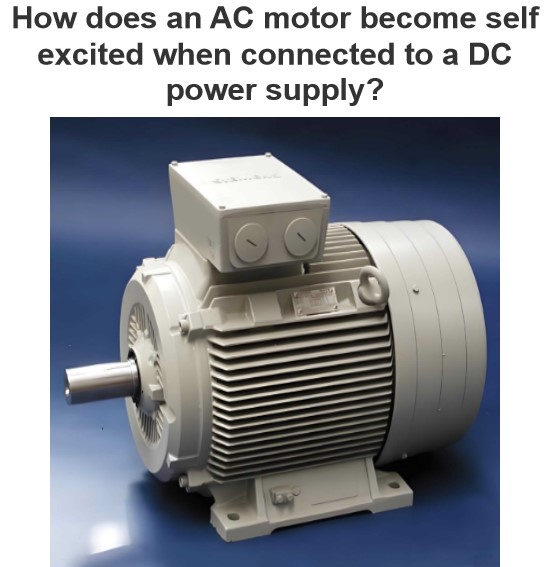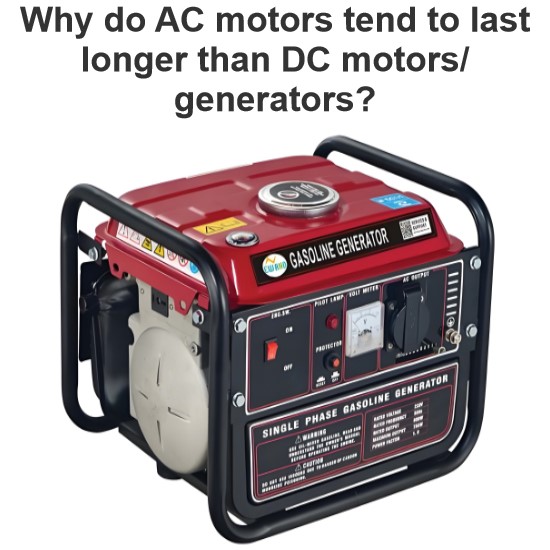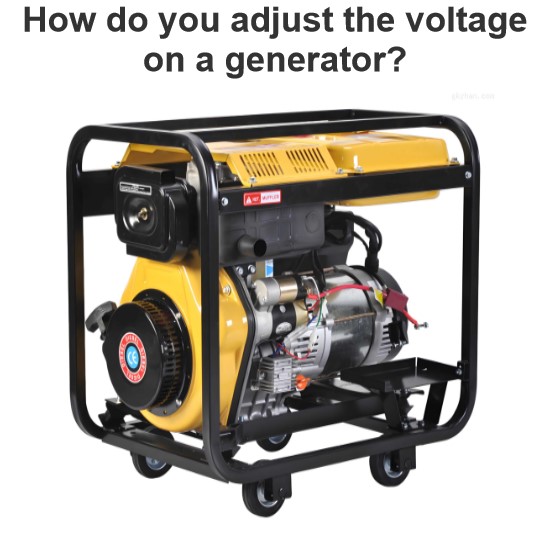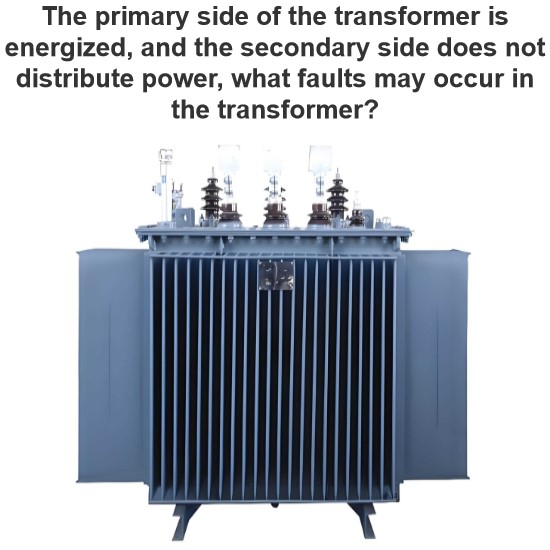What causes an overvoltage fault in a VFD unit? How can it be prevented from happening again?
I. Causes of overvoltage faults in frequency converters
Overvoltage at power input
Grid fluctuation
The grid voltage itself may fluctuate. For example, during the low-load period of the grid, due to the reduction of load, the grid voltage may increase. If the input voltage allowable range of the frequency converter is limited, when the grid voltage exceeds this range, it will cause an overvoltage fault in the frequency converter. Generally, the grid voltage may fluctuate within the range of ±10% - 15% of the rated voltage. If the voltage withstand range of the frequency converter is relatively narrow, it is easy to trigger an overvoltage fault.
Lightning impulse
In thunderstorm weather, lightning may strike nearby power lines. The surge voltage generated by this lightning strike will propagate along the line. When it enters the power input port of the frequency converter, it will cause the input voltage of the frequency converter to increase sharply in an instant, far exceeding its normal operating voltage, thus triggering an overvoltage fault.
Regenerative energy feedback
Rapid deceleration or braking of the motor
When the motor decelerates or brakes rapidly, the motor will generate regenerative electric energy. For example, in some equipment that requires frequent start and stop, such as elevators and cranes, during the rapid descent or stop process of the motor, due to inertia, the speed of the motor will be higher than the synchronous speed corresponding to the output frequency of the frequency converter. At this time, the motor will change from the electric state to the power generation state. If the regenerative electric energy generated cannot be absorbed or consumed by the frequency converter in time, it will cause the DC bus voltage of the frequency converter to increase, triggering an overvoltage fault.
Potential load characteristics of the load
For some loads with potential energy, such as the descent of heavy objects on cranes and the descent of elevator cars, the gravitational potential energy of the load will be converted into electric energy and fed back to the frequency converter during the descent process. If the frequency converter does not have a suitable braking unit and braking resistor to handle these regenerative energies, it will cause the DC bus voltage to be too high and generate an overvoltage fault.
Internal faults of the frequency converter
Voltage detection circuit fault
The voltage detection circuit inside the frequency converter is used to monitor the input and DC bus voltages. If this circuit fails, such as damage to the detection element or poor line connection, it may cause an error in the detected voltage value. This incorrect voltage signal may cause the frequency converter to mistakenly think that the voltage is too high, thereby triggering an overvoltage fault alarm, even if the actual voltage is within the normal range.
Braking unit fault
The braking unit is an important component for handling the regenerative energy of the motor. If the braking unit fails, such as damage to the IGBT (Insulated Gate Bipolar Transistor) or open circuit of the braking resistor, when the motor generates regenerative energy, the braking unit cannot work normally and cannot effectively consume the regenerative energy, which will cause the DC bus voltage to increase and trigger an overvoltage fault.
II. Measures to prevent the recurrence of overvoltage faults in frequency converters
Install input reactors and surge protectors
Input reactor
Installing an input reactor can effectively suppress grid voltage fluctuations and harmonics in the grid. It can smooth the input current and reduce the impact of sudden changes in grid voltage on the frequency converter. For example, in some industrial environments with poor grid quality, by installing a suitable input reactor, the grid voltage fluctuation range can be reduced and the occurrence rate of overvoltage faults in frequency converters can be reduced.
Surge protector
Surge protectors can bypass excessive voltage to the ground when lightning strikes or other surge voltages occur, protecting the frequency converter from damage caused by surge voltages. In areas with frequent lightning strikes or places with high requirements for grid stability, installing surge protectors is very necessary. It can limit the surge voltage to a safe range in an instant and prevent overvoltage faults in the frequency converter caused by lightning strikes and other reasons.
Reasonably configure braking units and braking resistors
Braking unit
According to the power of the motor, load characteristics and the capacity of the frequency converter, reasonably select and configure the braking unit. For equipment with frequent braking or potential loads, ensure that the braking unit has sufficient braking capacity to handle the regenerative energy generated by the motor in time. For example, in the crane control system, the appropriate braking unit should be selected according to the lifting weight and descent speed of the crane so as to effectively consume the regenerative energy during the descent of heavy objects.
Braking resistor
The resistance value and power of the braking resistor should match the braking unit and the motor. A suitable braking resistor can convert the regenerative energy of the motor into heat energy and dissipate it to prevent the regenerative energy from accumulating inside the frequency converter and causing the DC bus voltage to rise. When configuring the braking resistor, factors such as the magnitude of the regenerative energy of the motor and the control parameters of the braking unit should be considered to ensure that the braking resistor can effectively consume the regenerative energy and avoid overvoltage faults.
Regularly maintain and inspect frequency converters
Internal circuit inspection
Regularly inspect the internal circuits of the frequency converter, including key components such as voltage detection circuits and braking units. Check whether the detection elements are normal and whether the line connections are firm. For example, by using professional detection tools, check whether the voltage sensor in the voltage detection circuit is accurate. If it is damaged, it should be replaced in time to ensure the accuracy of voltage detection and prevent overvoltage faults caused by detection errors.
Parameter setting inspection
Check whether the parameter settings of the frequency converter are reasonable. For example, the setting of the overvoltage protection threshold should be adjusted according to the actual voltage withstand capacity and application scenario of the frequency converter. If the overvoltage protection threshold is set too low, it may cause the frequency converter to frequently give false alarms; if it is set too high, it may not be able to protect the frequency converter from real overvoltage hazards in time. At the same time, also check parameters related to braking control and voltage regulation to ensure their correctness.
The Electricity Encyclopedia is dedicated to accelerating the dissemination and application of electricity knowledge and adding impetus to the development and innovation of the electricity industry.




